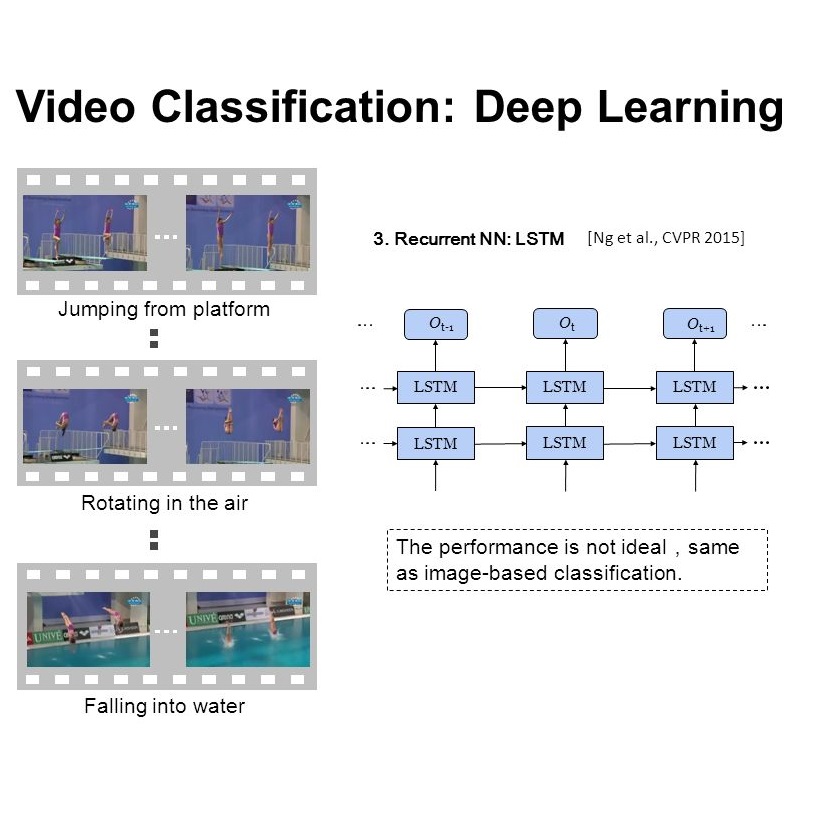Exploiting both audio and visual modalities for video classification is a challenging task, as the existing methods require large model architectures, leading to high computational complexity and resource requirements. Smaller architectures, on the other hand, struggle to achieve optimal performance. In this paper, we propose Attend-Fusion, an audio-visual (AV) fusion approach that introduces a compact model architecture specifically designed to capture intricate audio-visual relationships in video data. Through extensive experiments on the challenging YouTube-8M dataset, we demonstrate that Attend-Fusion achieves an F1 score of 75.64\% with only 72M parameters, which is comparable to the performance of larger baseline models such as Fully-Connected Late Fusion (75.96\% F1 score, 341M parameters). Attend-Fusion achieves similar performance to the larger baseline model while reducing the model size by nearly 80\%, highlighting its efficiency in terms of model complexity. Our work demonstrates that the Attend-Fusion model effectively combines audio and visual information for video classification, achieving competitive performance with significantly reduced model size. This approach opens new possibilities for deploying high-performance video understanding systems in resource-constrained environments across various applications.
翻译:暂无翻译



